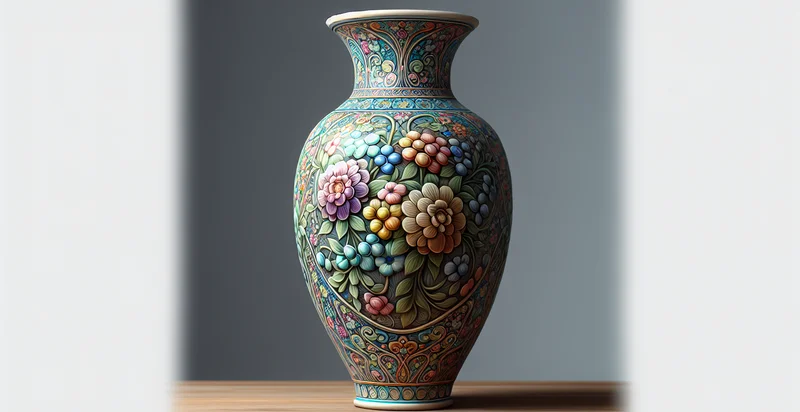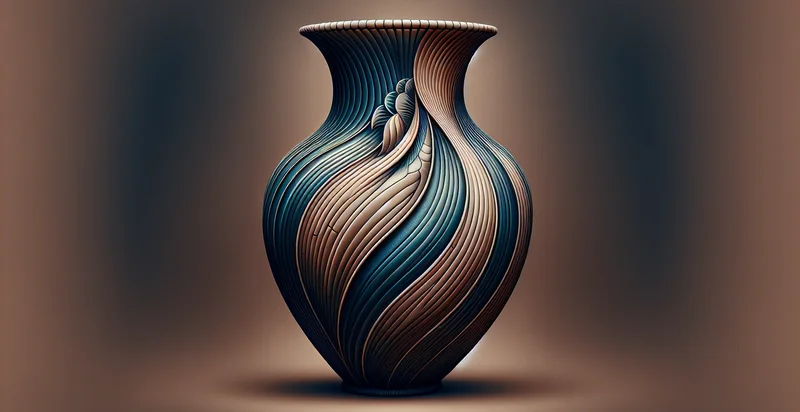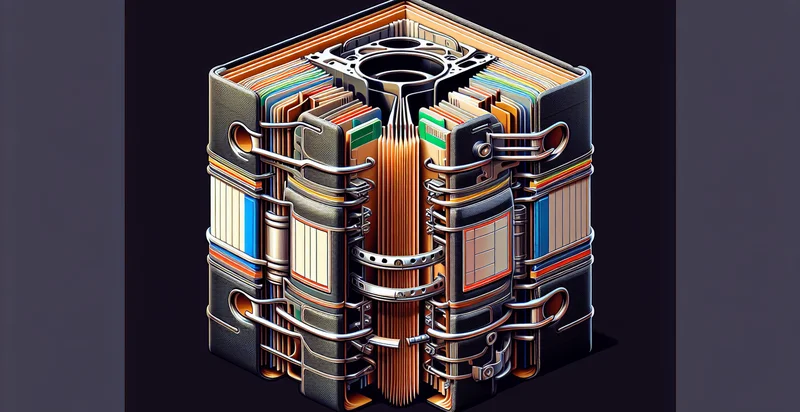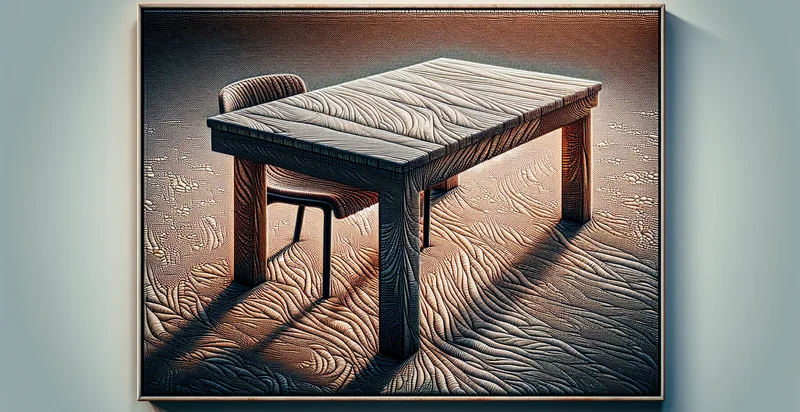Identify what material a vase is made from
using AI
Below is a free classifier to identify what material a vase is made from. Just upload your image, and our AI will predict what material a vase is made from - in just seconds.

Contact us for API access
Or, use Nyckel to build highly-accurate custom classifiers in just minutes. No PhD required.
Get started
import nyckel
credentials = nyckel.Credentials("YOUR_CLIENT_ID", "YOUR_CLIENT_SECRET")
nyckel.invoke("what-material-a-vase-is-made-from", "your_image_url", credentials)
fetch('https://www.nyckel.com/v1/functions/what-material-a-vase-is-made-from/invoke', {
method: 'POST',
headers: {
'Authorization': 'Bearer ' + 'YOUR_BEARER_TOKEN',
'Content-Type': 'application/json',
},
body: JSON.stringify(
{"data": "your_image_url"}
)
})
.then(response => response.json())
.then(data => console.log(data));
curl -X POST \
-H "Content-Type: application/json" \
-H "Authorization: Bearer YOUR_BEARER_TOKEN" \
-d '{"data": "your_image_url"}' \
https://www.nyckel.com/v1/functions/what-material-a-vase-is-made-from/invoke
How this classifier works
To start, upload your image. Our AI tool will then predict what material a vase is made from.
This pretrained image model uses a Nyckel-created dataset and has 20 labels, including Bamboo, Bone, Cement, Ceramic, Clay, Composite, Crystal, Fiberglass, Glass and Leather.
We'll also show a confidence score (the higher the number, the more confident the AI model is around what material a vase is made from).
Whether you're just curious or building what material a vase is made from detection into your application, we hope our classifier proves helpful.
Related Classifiers
Need to identify what material a vase is made from at scale?
Get API or Zapier access to this classifier for free. It's perfect for:
- Art Gallery Exhibition Planning: Galleries can use the image classification function to identify the materials of vases in their collection, helping curators organize exhibitions that highlight specific styles or themes related to material composition. This insight aids in enhancing visitor appreciation and understanding of different artistic traditions.
- E-commerce Product Listing Optimization: Online retailers can implement the classification function to automatically tag and categorize vases based on their material, improving searchability and user experience. This streamlined process ensures that customers can easily find and filter products according to their preferences.
- Collectible Appraisal Services: Auction houses and appraisers can utilize the function to quickly and accurately identify the materials of vases being brought for evaluation, enhancing the appraisal process and decision-making on estimated values. This capability ensures buyers have trusted material information for their investments.
- Home Decor Personalization: Interior design apps can integrate the image classification tool to suggest vases made from specific materials that complement a user's existing decor style. By providing personalized recommendations, users can create cohesive and aesthetically pleasing home environments.
- Educational Tools for Art Students: Art education platforms can leverage this technology as a learning resource for students studying materials and techniques in ceramics and design. By analyzing and identifying different vase materials, students can deepen their understanding of craftsmanship and artistic history.
- Fraud Detection in Collectibles: Organizations focusing on antique and collectible vases can use the classification function to authenticate items by confirming the material matches expected compositions from specified eras or makers. This feature helps prevent fraud and ensures the integrity of collectible markets.
- Sustainability Assessments: Companies looking to promote environmentally friendly practices can implement this function to identify materials in vases and assess their sustainability. This data can inform product development and help consumers make eco-conscious choices regarding their purchases.


